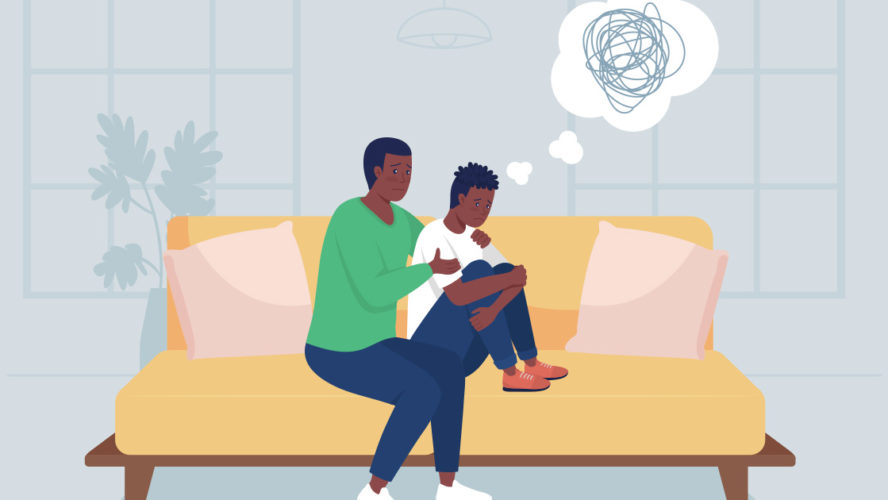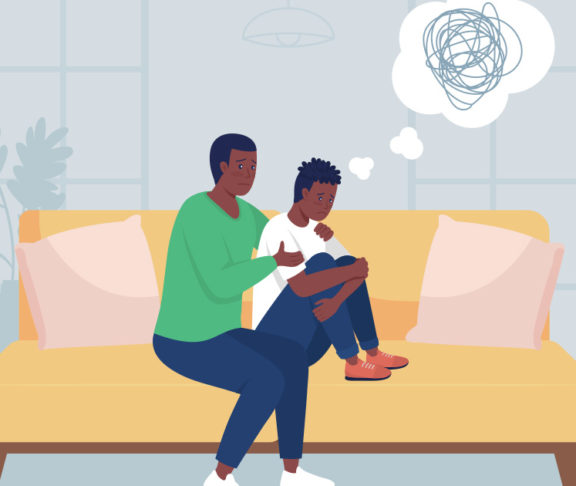A 2022 survey revealed that more than half of the American public believes there is a crisis in youth mental health.

Lisette Burton, J.D.
Chief Policy and Practice Advisor, ACRC
“We need to create flexible, responsive service arrays to ensure every young person has access to mental health services when and where they are needed.”
The data support that belief, painting a bleak picture of the mental health status of our nation’s youth and of young people across the world.
Though the information makes it clear we do indeed have a crisis in youth mental health, people may tune out, be on crisis overload, or believe that the problem is just too big to solve.
So, what can we do? With global attention focused on the urgent, often unmet, behavioral and mental health needs of children, we need to elevate what is working, revolutionize how children and families access care, and invest in quality.
Elevate what works
In addition to effective psychiatric and addiction services, we must do better in our efforts to address grief, trauma, ambiguous loss, loneliness, and other less-considered contributors to declining youth mental health. As a neighbor, teacher, coach, counselor, mentor, parent, or other important person in a child’s life, you can make a difference. Research has shown that relationships are at the core of mental well-being.
We should also expand who we are learning from. Youth Era partnered with The University of Oxford to create and launch Uplift, a virtual mental-health training and peer approach to supporting youth. Young people in Australia helped develop a research-based approach called FRESH (the “F” stands for fun!), focused on leisure education for young people with mental health challenges. Cross-cutting ideas and approaches that go beyond a single system will accelerate our success in improving youth mental health.
Revolutionize access to care
We need to create flexible, responsive service arrays to ensure every young person has access to mental health services when and where they are needed. That requires not just dollars but also people, in the form of dedicated, fully compensated, professionals and support workers at every level of care.
Let’s build and sustain “no wrong door” approaches so children aren’t excluded from accessing care because they don’t’ have the right insurance, aren’t at the right level of distress, have too much or too little income, or live in the wrong zip code. New Jersey has the only statewide Children’s System of Care, creating a single point of access for families in need. Localities in the UK are working on scaling the tested, effective No Wrong DoorTM model. Besides increased stability and cost savings, young people have endorsed this approach, noting in evaluations that, “I am seen as an individual and not a problem.”
Invest in quality
Across the continuum of care, it should not feel like a game of chance when a youth and family select, or are referred to, a service provider. When providers and systems are transparent, accountable, and proximate to communities and families, people can make informed decisions about what will work best for them. There are known best practice principles that should be incorporated across all services.
If we invest in innovation, equitable outcomes, easing access to the right care at the right time, and centering the voices of those with lived mental and behavioral health experiences, we can solve the crisis in youth mental health.

